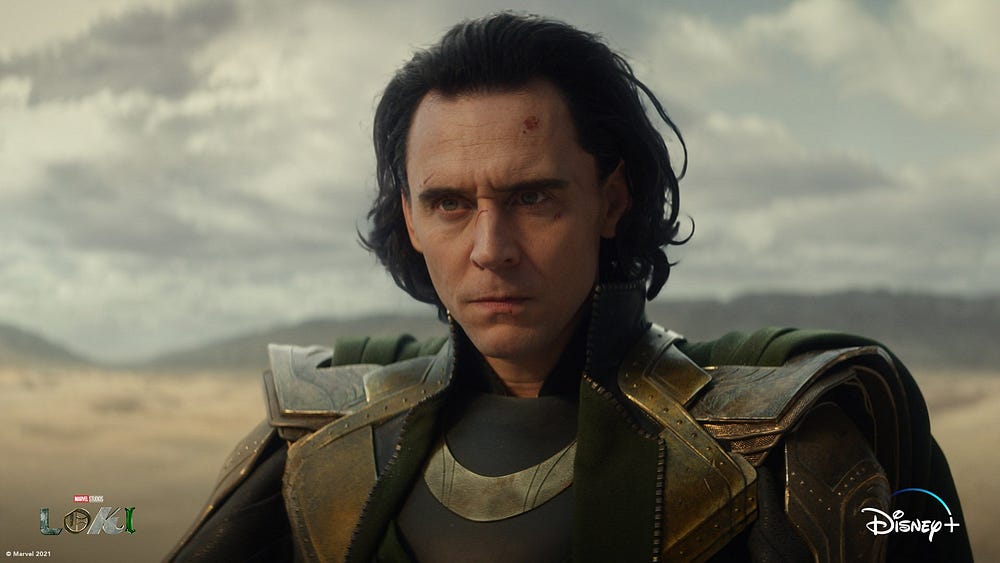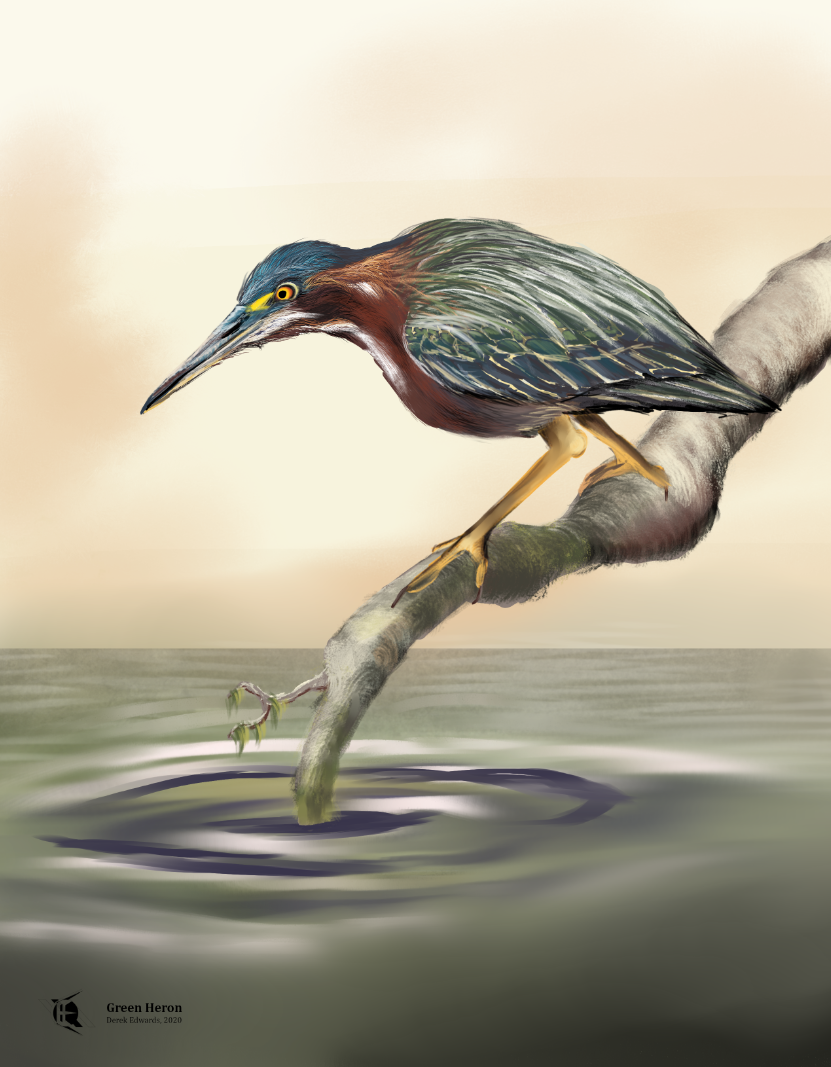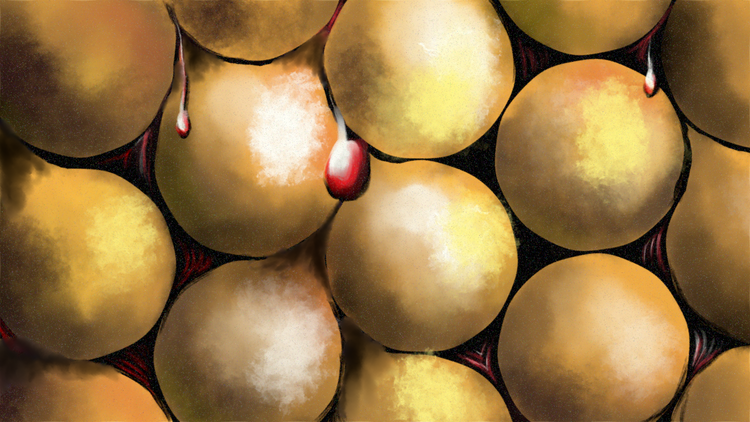
Running Commentary 6/14/2021
Hello,
First off, a quick reminder that this Sunday is Father’s Day (in the U.S., I suppose I should specify.) Whatever you think you need to do about that, you have just under a week to do it.
Also, Sunday is the first day of Summer (in the Northern Hemisphere, I suppose I should specify.) That makes this the last RC for the spring. A Running Commentary was started last Fall, which means it is very nearly a newsletter for all seasons.
Anyway…
Watching…
The Bad Batch
The latest episode sees the situation with Wrecker’s headaches come to a head, as it were, Also, Rex arrived. Here are my notes: SPOILERS

- This episode looked really nice. I’m not sure why. Usually, these shows start to look better by Season 3 or so, but this is still the first season. Maybe it’s always looked this good, but the lighting of the locations this time was just more dramatic.
- Still nothing on Crosshair
- I wonder it Wrecker will still get bashed on the head every episode, even though it’s not playing into the chip thing.
Loki
Marvel’s latest show focusing on fan-favorite villain Loki kicked off on Wednesday. Here are my notes about that: Again, SPOILERS

- This first episode felt like a prologue. Not a lot happened that wasn’t set-up for the rest of the show. Still, the set-up was good.
- The TVA is an interesting take on time travel police. They’re bureaucratic, but they’re run by a trio of unseen deities, which seem okay with some time traveling. They see the history of the universe as a set narrative to be protected. You could almost see these Timekeepers as a metaphor for the producers of the MCU. (If the series ends with some sort of confrontation with the Timekeepers, it would be funny if one was portrayed by Kevin Feige.)
- Along that line, having Loki see that his whole role in life is to serve as the villain in other people’s stories was actually a pretty good scene. It really got to the heart of the character. I really didn’t think that Loki could carry a show; he’s already been in so many of the movies, and he’s had a full arc as a character in those movies. But I’m encouraged by this first episode, that they have a story to tell still.
Jeopardy
Mayim Bialik has concluded her two weeks as guest host, so it’s time to add her to the ranking.
[New Entries are in Italics]
- Buzzy Cohen — The host of the Tournament of Champions actually did a really phenomenal job, balancing a real enthusiasm for the role with clear, consistent delivery and a sense that he knew what he was talking about. He isn’t as big a name as Jennings, and isn’t known from other projects like most other hosts, and was able to disappear into the role of host. I have no complaints about his performance.
- Anderson Cooper/Katie Couric — I’m giving these two news presenters a tie spot. Unsurprisingly, they’re good at both reading questions clearly and giving quick interviews after the first break. That’s really all there is to hosting Jeopardy.
- Mayim Bialik — The first acting performer to host the show, Bialik is another guest host really pushing for the permanent slot. I think she would do well if picked. My only real complaint has nothing to do with her on the show, but rather the commercials she does for “mental sharpness” pills that ran during the breaks and kind of brought down the intellectual atmosphere.
- Ken Jennings — Jennings knows Jeopardy thoroughly. His performance was really only hurt by a thin voice and the fact that you know he could win against most anyone actually playing, which makes for a weird, lopsided dynamic. He has trouble disappearing into the role, but he’d be fine as permanent host.
- Michael Richards — Serving as the host during two weeks when they couldn’t get anyone else, Jeopardy producer Richards did a pretty good job of keeping things going from in front of the camera. He doesn’t seem to want to be the host, but he could be.
- Aaron Rodgers — Making the list by virtue of a decent performance on Celebrity Jeopardy, football player Aaron Rodgers started very poorly, but, as his two weeks went on, he loosened up a bit and he was actually doing pretty well once his time ran out.
- Bill Whitaker — The 60 Minutes correspondent was doing his best, but he was a touch too low-key. His first episodes were hurt by bad sound mixing, which rendered him much quieter than the contestants, but even once they fixed that, he was a bit slow to confirm answers and generally a bit too soothing. He wasn’t terrible, but his episodes lacked much energy. Jeopardy shouldn’t be super exciting, but it needs to be a little more exciting than it was those two weeks.
- Dr. Mehmet Oz — The surgeon/tv personality was apparently a friend of the late Alex Trebek, but he was also the worst guest host by some margin. A consistent, odd delay in confirming correct answers and a nervous enthusiasm seemingly put on for the show made his episodes awkward to watch. Ratings dropped perceptibly during his two weeks, so I don’t think we’ll be seeing him again.

Bird of the Week
This week we have a heron. What’s a heron? It’s a big, gangly water bird, of the family Ardeidae. Herons look very similar to storks, but they are actually more closely related to pelicans. Often the easiest way to tell herons from storks and cranes is to watch them as they fly. While the other birds will fly neck outstretched, herons will fold theirs back. “Heron” can refer to not just the birds commonly called herons but also egrets (which have bright white plumage, rather than the mottled colors of their cousins) and the bitterns, small herons with comparatively shorter legs.

Green herons can be difficult to identify if you aren’t aware of the ways they can change their appearance. Their necks are about as long as the rest of their bodies, but they typically will keep them tucked in under their feathers. The blue crest on the top of their heads typically lies back flat, though they will raise it into a sort of mohawk if excited. And their legs vary in color from yellow, as I have drawn here, to bright carrot orange, as has been the case in those I’ve seen in person. When they’re perched somewhere, the most obvious color is the chestnut brown of their fronts. When they fly, though, they look most like green, gangly crows.
Like all herons, these birds eat fish. Like people, they are known to catch fish using bait. They haven’t mastered hooks and lines as yet, but they’ll float some morsel of food out on the water under their perch, then strike out at whatever comes to eat it.
To science, the green heron is Butorides virescens, the Latin for “greenish bittern-like thing”. Formerly, they were considered the same thing as the striated heron and the Galapagos heron; all three of those were known as the green-backed heron. In most of the world, they are simply called the green heron or the local langauge’s equivalent of such, though in Cuba they are called Aguaitacaimán, a slang term meaning “watching alligator”.
Curation Links
Making Sense of the Great Whip Spider Boom | Eric Boodman, Undark
I’ve written a lot about the early era of taxonomy, especially as it relates to the documentation of North American bird species. It can seem like every living thing has already been discovered, but that’s not true. For instance, recently, there’s been a lot of new species of whip spiders being described.
One Man’s Amazing Journey to the Center of the Bowling Ball | Brendan I. Koerner, WIRED
A profile of Mo Pinel, a bowling ball engineer. If you look inside a bowling ball, beneath the smooth, spherical surface, you’ll find a precisely-dimensioned asymmetrical lump at the core. Pinel is a big reason why; his work in fine-tuning the radius of gyration of his bowling balls has influenced his niche industry profoundly.
Points of Contact | Edwin Heathcote, Apollo Magazine
A very brief history of the door handle. Often an architectural afterthought, door handles nevertheless can say a great deal about a building, why it was built, and who built it.
The Man Who Drank Cholera and Launched the Yogurt Craze | Lina Zeldovich, Nautilus
Profile of Russian scientist Ilya Metchnikoff, who was among the first to study the microbial life residing peaceably within the human body, and to hypothesize that the health of these tiny creatures might impact the health of their hosts.






Member Commentary